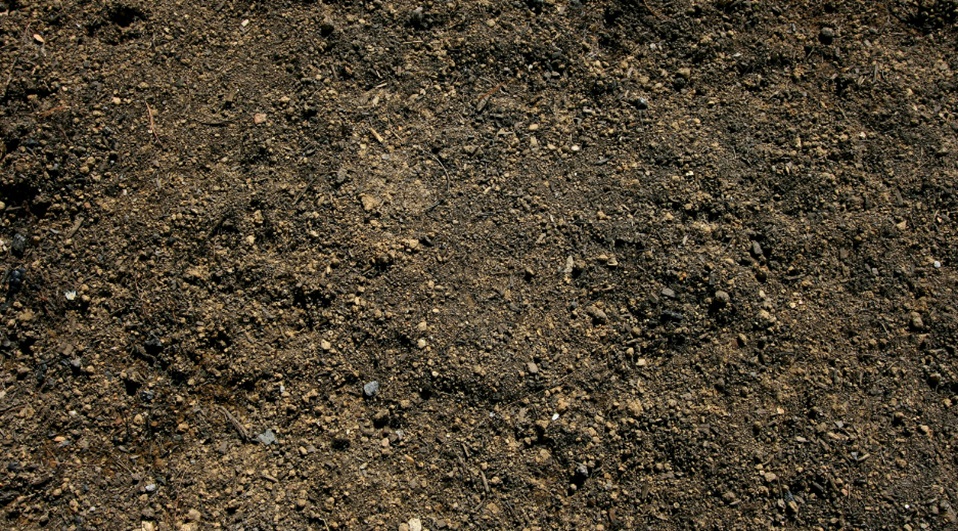Every gardener dreams of a lush, vibrant garden that thrives throughout the year. Though a variety of factors contribute to a successful garden, there’s one ingredient that stands as a cornerstone: high-quality topsoil. Screened topsoil, in particular, holds the power to elevate the health and beauty of any garden. This article will explore what screened topsoil is, its benefits for gardening, and how to use it effectively.
What is Screened Topsoil?
Topsoil is the uppermost layer of soil that is rich in organic matter, crucial for plant growth. Screened topsoil, however, undergoes an extra step – it is passed through large screens to remove rocks, roots, and debris, resulting in a finely textured, uniform material that fosters optimal plant growth.
Benefits of Using Screened Topsoil in Your Garden
There are several advantages to opting for screened topsoil in your garden. The benefits include:
- Improved Drainage: The screening process removes clumps, rocks, and larger organic particles, improving the soil’s overall texture and allowing for better drainage. Enhanced drainage provides plants with the right amount of moisture without the risk of becoming waterlogged.
- Easier Planting and Cultivating: Screened topsoil’s uniform and loose texture makes it much easier for you to plant seeds, put down sod, or transplant seedlings. The fine particles also make it simpler to cultivate the soil in subsequent seasons.
- Enhanced Nutrient Availability: The removal of debris and larger particles allows nutrients to be more easily absorbed by plants. Rich in organic matter, screened top soil in Alpharetta promotes healthy root development and plant growth.
- Weed Reduction: The screening process effectively minimizes the number of weed seeds present in the soil, giving your plants an opportunity to thrive without competing for resources.
Tips for Using Screened Topsoil
To maximize the effectiveness of screened topsoil, keep these tips in mind:
- Ensure that the screened topsoil layer is at least 3-6 inches deep, followed by a layer of mulch or compost. Combining topsoil with organic matter will create an ideal environment for plant growth.
- Perform a soil test before purchasing topsoil to determine the pH and nutrient requirements of your garden. A reputable soil testing lab can provide the necessary details, and you can then choose the appropriate topsoil for your plants’ needs.
- Regularly rotate your crops to maintain the health and viability of the screened topsoil. Each plant variety consumes specific nutrients, and rotating crops will help to keep the soil balanced and avoid nutrient depletion.
In conclusion, screened topsoil serves as a gardener’s secret weapon, providing the foundation for a thriving and beautiful garden. Investing in high-quality topsoil will pay off in the long run, resulting in healthier plants, easier gardening, and reduced maintenance efforts. Remember to use it effectively by following our tips, and watch your garden flourish with the power of screened topsoil.










